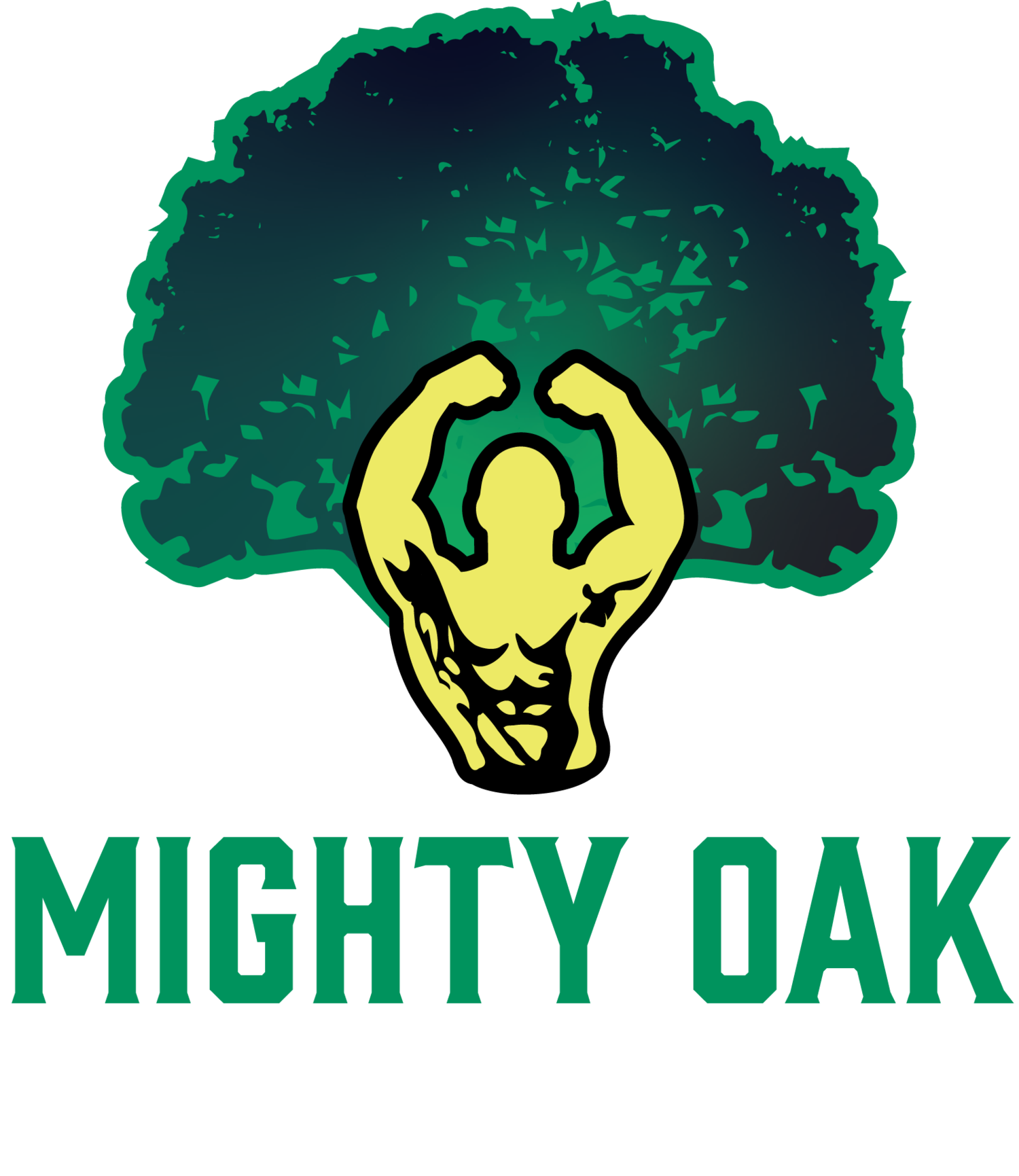Not Training is Training: Enhancing Student Athlete Performance and Injury Prevention
In the demanding world of student athletics, the relentless pursuit of excellence can often lead to the misconception that more training equals better results. However, the insights shared by Robert Andrews, L.M.F.T., founder and director of the Institute of Sports Performance, emphasize the critical importance of mental recovery and balanced training for optimal sports performance and injury prevention.
The Importance of Mental Recovery
Andrews, a renowned mental-training consultant to Olympic athletes like Simone Biles and Simone Manuel, highlights that while hard work is essential, an unrelenting work ethic can sometimes be counterproductive. Continuously pushing oneself without adequate recovery leads to burnout and hopelessness rather than breakthroughs. This is particularly relevant for student athletes who are juggling academic responsibilities along with their sports commitments.
Finding Meaningful Recovery Activities
Andrews poses a pivotal question to athletes who are exhausted yet not seeing results: “What do you do to fill up your tank?” The answer, according to him, should go beyond merely taking a nap. It involves engaging in meaningful activities that recharge the mind and body. This could be anything from taking a walk to enjoy a sunset, participating in social activities like Taco Tuesday with teammates, or engaging in a creative hobby like photography. These activities provide a mental break and rejuvenate the athlete, allowing for better performance when they return to training.
The Role of Socialization
Research underscores the value of mental recovery time, often termed as “the forgotten session.” A study published in the Journal of Applied Sport Psychology found that athletes who incorporated socialization into their recovery strategies performed better mentally than those who did not. This social interaction is crucial for student athletes as it provides emotional support, builds team camaraderie, and reduces stress, all of which contribute to improved sports performance and reduced risk of injury.
Application in Student Athlete Training Programs
At Mighty Oak Athletic, we integrate these principles into our training programs to ensure that our student athletes not only excel in their sports but also maintain their mental and physical well-being. Here’s how we apply Andrews’ insights:
1. Scheduled Recovery Time: We include mandatory recovery periods in our training schedules. These are times when athletes are encouraged to step away from their rigorous routines and engage in leisure activities that they enjoy.
2. Mental Wellness Workshops: Regular workshops are conducted to educate athletes about the importance of mental recovery and strategies to incorporate it into their daily lives.
3. Team-Building Activities: Social activities are organized to foster team spirit and provide a fun break from the training grind. These activities range from casual get-togethers to team-building exercises.
4. Holistic Training Approach: Our training programs are designed to balance intense training sessions with adequate recovery, ensuring athletes build strength and skill without overexertion.
5. Parental Involvement: We engage with parents to ensure they understand the importance of mental recovery for their children and encourage them to support these practices at home.
Incorporating meaningful recovery activities into the training regimen of student athletes is not just beneficial—it is essential. By finding ways to recharge both mentally and physically, athletes can achieve sustained performance improvements and reduce their risk of injury. At Mighty Oak Athletic, we are committed to fostering an environment where student athletes can thrive both on and off the field, ensuring their long-term success and well-being.

